Show tht the angles of an equilateral triangle are 60∘ each.
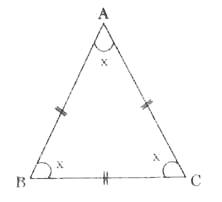 Solution in Kannada
Solution in Kannada
Step by step video & image solution for Show tht the angles of an equilateral triangle are 60^(@) each. by Maths experts to help you in doubts & scoring excellent marks in Class 9 exams.
Updated on:21/07/2023Topper's Solved these Questions
- TRIANGLES Book:CPC CAMBRIDGE PUBLICATIONChapter:TRIANGLES Exercise:EXERCISE 5.3
Explore 5 Videos
- TRIANGLES Book:CPC CAMBRIDGE PUBLICATIONChapter:TRIANGLES Exercise:EXERCISE 5.4
Explore 6 Videos
- TRIANGLES Book:CPC CAMBRIDGE PUBLICATIONChapter:TRIANGLES Exercise:EXERCISE 5.5 (Optional)
Explore 4 Videos
- SURFACE AREAS AND VOLUMES Book:CPC CAMBRIDGE PUBLICATIONChapter:SURFACE AREAS AND VOLUMES Exercise:EXERSICE 13.8
Explore 10 Videos
Similar Questions
△ABC and △DBC are two isosceles triangles on the same base BC and vertices A and D are on the same side of BC. If AD is extended to intersect BC at P, show that:
(i) △ABD≅△ACD
(ii) △ABP≅△ACP
(iii) AP bisects ∠A as well as ∠D
(iv) AP is the perpendicular bisector of BC.
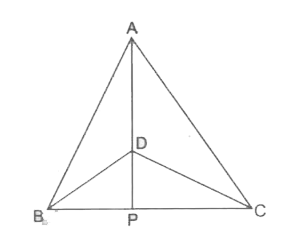
View SolutionShow that in a right angled triangle, the hypotenuse is the longest side.
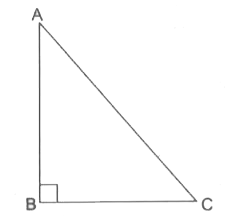
View SolutionABC is a triangle . Locate a point in the interior of △ABC which is equidistant from all the vertices of △ABC.
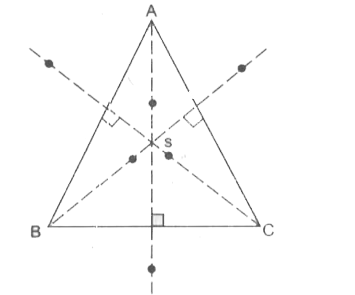
View SolutionFind the volume of a sphere whose radius is
(i) 7 cm,
(ii) 0.63m
View SolutionHow many lines of symmetry does the above figure have ?
View SolutionWhich of the following are correct chain isomers of butane ? (i)
View SolutionDetermine the point of symmetry of a regular hexagon.
View SolutionDtermine the images of the following figure about the given line :
View SolutionMatch the following Column A to Column B
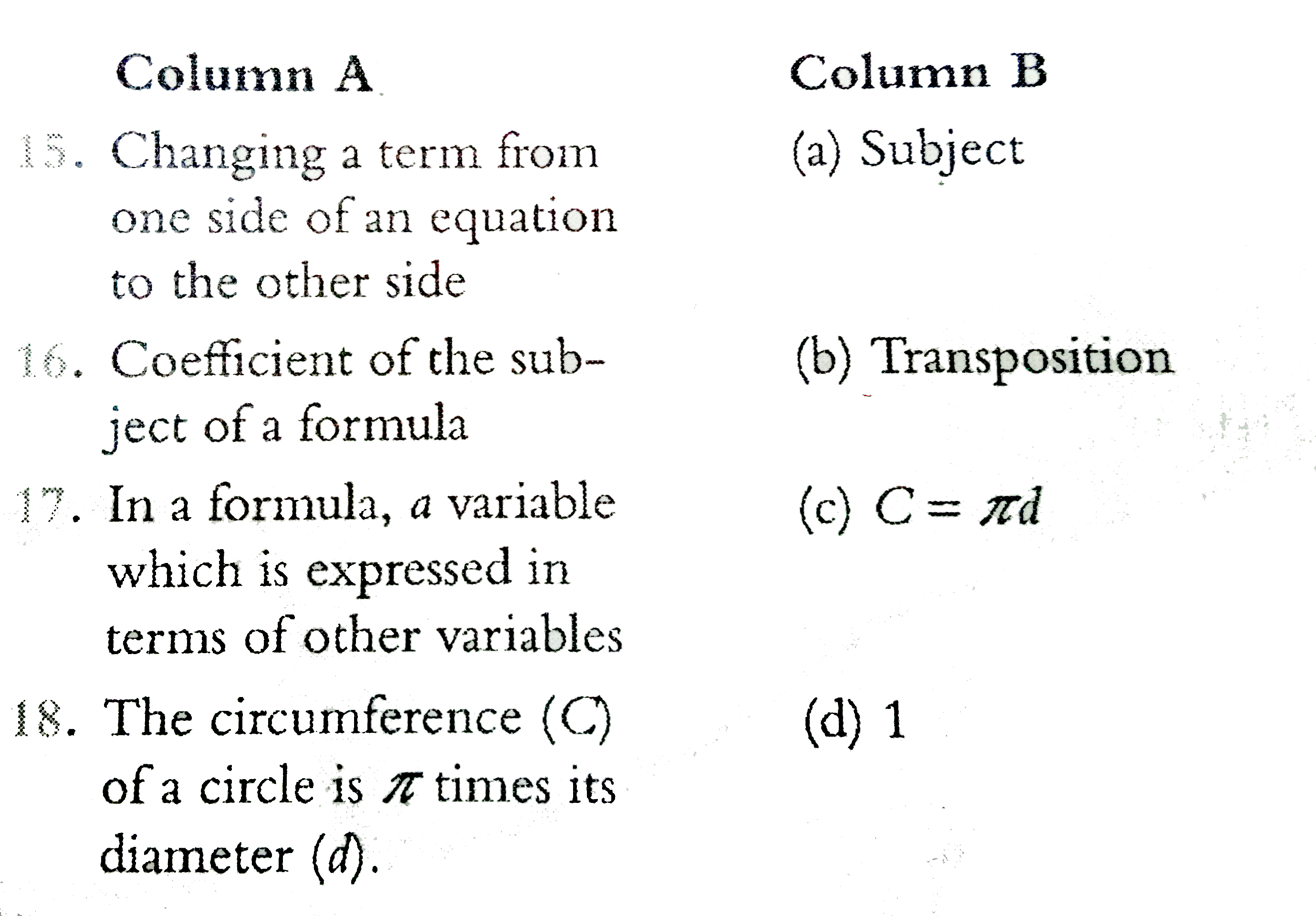
View SolutionMatch the following Column A to Column B
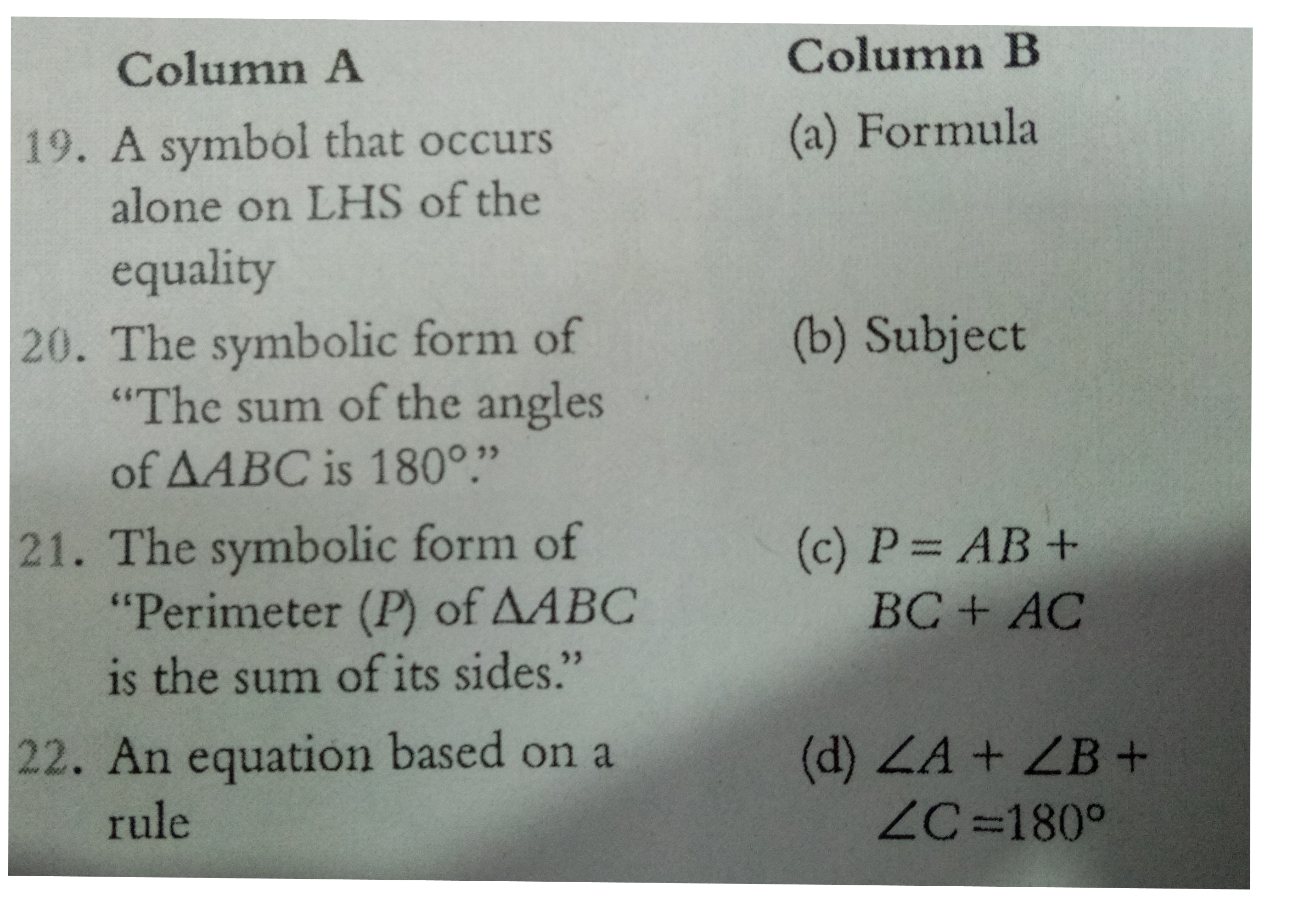
View SolutionMatch the following Column A to Column B

View SolutionThe inequation represented by the graph given below is :
View SolutionThe inequation that best describes the graph given below is _________
View SolutionThe inequation that best describes the following graph is _________
View SolutionWhich inequations represent the shaded region in the given figure
View SolutionAt x=0, value of (dy)/(dx) is : ltimg src="https://d10lpgp6xz60nq.cloudfront.net/physics_images/ALN_PHY_R04_E01_024_Q01.png" width="80%"gt
View Solution